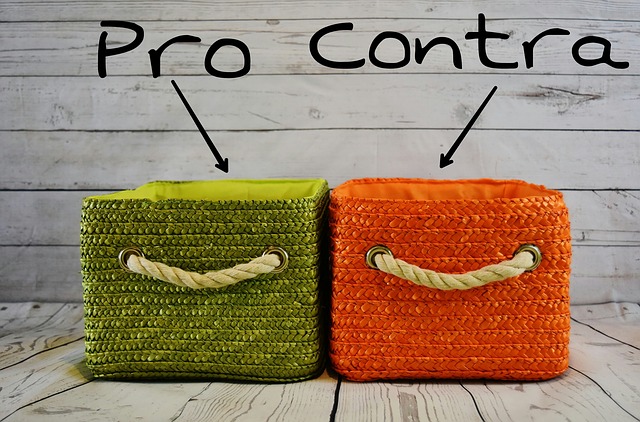Let’s face it, most of us make purchase decisions emotionally, rather than logically. However, the trend in marketing is focused on big data, filtered and sifted, often to get the results that validate our company and products rather than to divine what the customer wants.
For decades brands have focused on selling the product on hand rather than identifying and filling the needs of the consumer first. We see an opportunity and attempt to fill it, safe in our own little vacuum. We think we’ve got the best possible answer to the problem so we don’t need any advice, thank you very much.
We’ve used a variety of research tools to understand the problem and the solution by gathering data based on our goals and the “answer” we want to hear that validates our own decisions, and the existence of the product. Then we complain that consumers appear to say one thing in that research and do another. We did the research, so why aren’t they buying? Why are consumers so unpredictable?
It’s how we are listening (or not listening).
Scraping the web, surveys, competitive research, all give us loads of data, but is it the right data, and how do we parse that data for the truth?
Data from research tools like these are particularly flawed. Why? Because they are based on the expectation that people make rational decisions based on facts.
People may see the logic in choosing product A. over product B. when presented with only product highlights and specifications, analysis and data.
BUT when the buying decision actually occurs, we are likely to choose product A because it is RED and red makes us feel good.
Perhaps we associate with a friend whom we respect who said that SHE liked this particular product.
Maybe we have loyalty to a specific brand because of a particular memory association. These are not the most logical decisions, but they “feel right”. We “feel it in our gut”.
Analysis paralysis
Neuroscientist Antonio Damasio studied individuals in the 1990’s who had specific brain lesions that limited their ability to connect emotionally. Damasio found participants were unable to make good decisions because they didn’t feel emotions connected to their choices. They could reason, based on the data, but lacked the “feeling” about the data necessary to come to a decision.
Understanding how emotion comes into play in buying decisions can be extremely useful when listening on social media sites. Rather than making decisions based on parsing the big data, we can listen in on conversations about our product, our competitors’ products, and the needs of the consumer.
Gathering information this way is slower, and requires a level of engagement that most brands eschew because it takes a lot of resources to do it well. It’s not entirely accurate to use tools that judge sentiment as a data point either. For example, we may say, “Oh I hate it when it’s easy to win”. Do we hate winning? Nah, we’re being facetious. Sentiment analysis may add some context, but in general, we are guessing when we build predictive models based on social media data sets.
Still, I will say that social media is ever so much better a resource than using focus group scenarios. Why? because people know they are being watched in a focus group. In many cases, the demographics of the people who regularly do focus groups is fairly homogenous. People who like to take surveys sign up to take surveys, but is that really your actual market? Social media users are a much bigger pool to draw from.
Listening mindfully
All of this is to say that data is not enough to base your social media marketing on. You’ve got to back it up with real conversations with real people.
- Listening for those who have questions that can help you learn.
- Listening to a wide range of conversations on social media gives you a perception of what people really think, unfiltered and, generally, unguided.
- Be a fly on the wall without an agenda to change the conversation.
- Ask questions to find out more without trying to sell ANYTHING.
- Be generous, curious, helpful.
When I teach mindful listening to a group we’ll spend some time in pairs taking turns describing a personal perspective or situation. Each person has a turn to speak and a turn to listen, both without judgment or advice. You’d be amazed the trust that develops simply by listening and being heard in turn.
Let’s try that with our prospective markets, shall we?
Image by Alexas_Fotos from Pixabay
